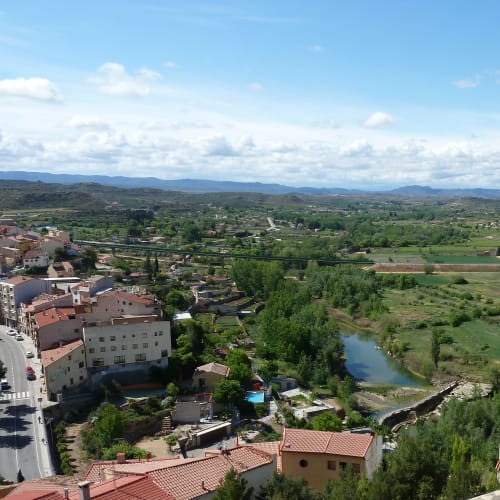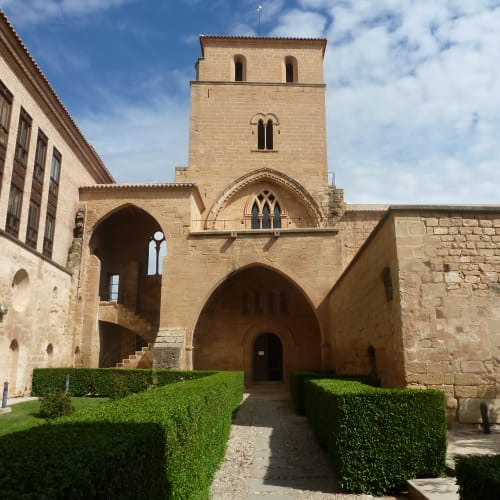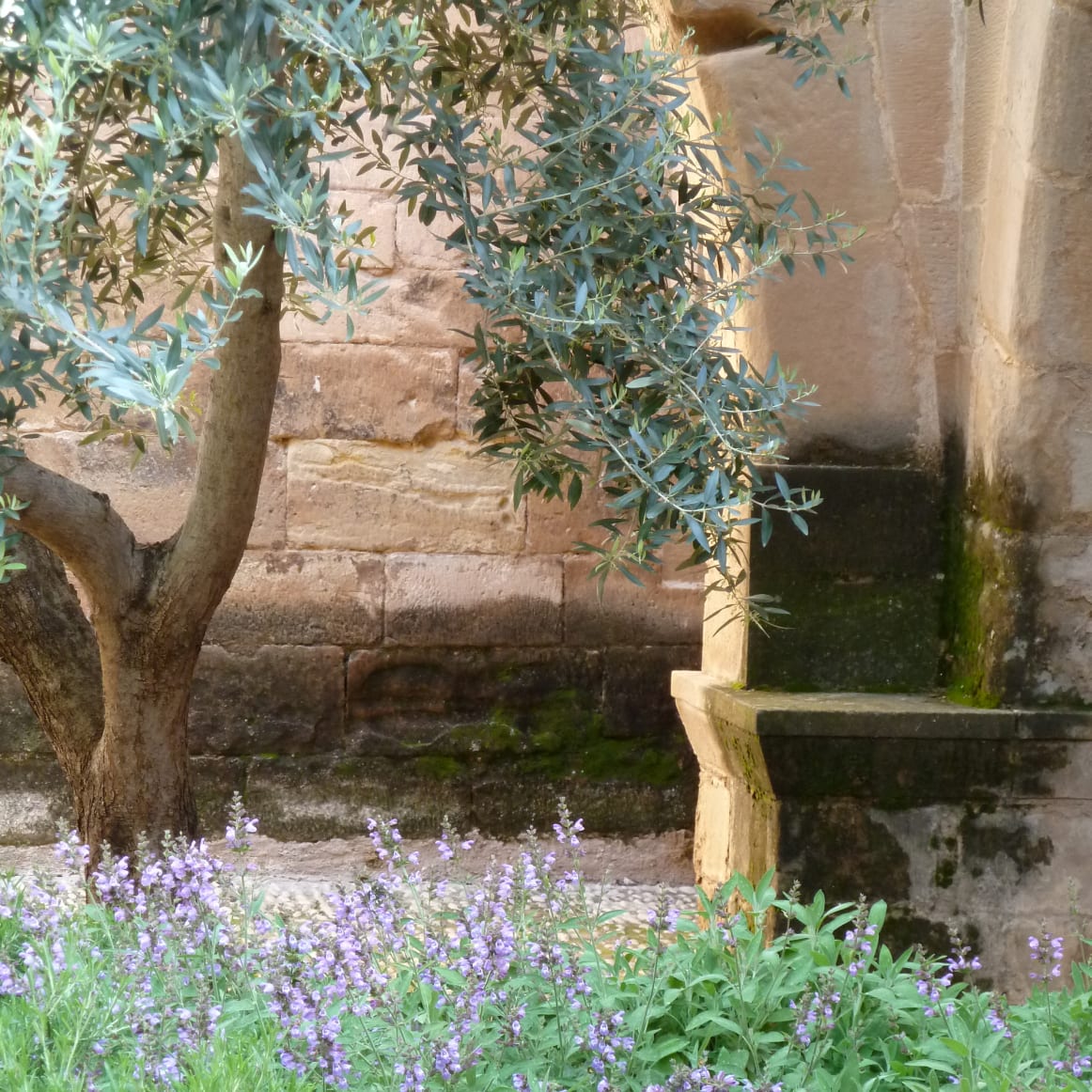Three Kings Sale - Up to 40% Off! Shop Sale
Maestrazgo: Off the Beaten Path
February 2005




When traveling across the countryside of Spain, I find that making room for the unexpected can provide rich dividends. Just about this time last year Ruth and I were planning our trip to the Alimentaria Food Fair in Barcelona. Most of our itinerary was routine, except for a few unscheduled days that we set aside prior to the event – you might call it a ‘wild card,’ an open-ended detour. Our trusted friend Pilar, who knows Spain intimately, told us of a picturesque and secluded town with a Parador/Inn deep in the Maestrazgo Mountains of Teruel, so we decided on a whim to explore in that general area.

We knew that the roads in Spain are fine, even the secondary ones, so we rented a car at the airport for a couple of days and drove southwest from Barcelona winding through orchards and olive groves until we arrived at our destination – Alcañiz. It is a town of 12,500 souls who live at the foot of an imposing XII-XIII C castle and convent. The Knights of Calatrava constructed the fortress and adjoining chapel centuries ago in order to keep watch over a critical mountain pass.
After spending a restful night in the Parador, Ruth and I were admiring the gothic frescos in the chapel only to discover that we were about to be enveloped by a wedding party! As young men of the town were gathering in the plaza in front of the castle – all very suave with sunglasses and suits – the groom arrived in his restored candy-apple red ’58 Chevy Impala! What a happy occasion we witnessed with the families and friends of the bride and groom strolling through the gothic open-air cloister — with many frisky children darting in and out as their extended families proceeded to the chapel. Certainly it was an unexpected joy for us.
At breakfast we had picked up a tri-fold leaflet describing the castle-palace of Valderrobres. As stately as it looked in the folder, we found that the town was not mentioned in any of our guide books – not even the trusty green Michelin. So we set out to see for ourselves. As we drove down the back roads of a region called La Matarraña, we found the byway flanked with almond trees laden with the first white flowers of spring.
After many turns in the country road, the stately city of Valderrobres came into view. The mountain town was liberated in 1170, during the Reconquista, later evolving into the seat of the Kingdom of Aragón. It was the residence of noble families, royalty, bishops and cardinals until it was abandoned in 1656. Now it is a modest rural town.
The most important structure in Valderrobres is an imposing castle built by the same Knights of Calatrava who constructed the castle in Alcañiz – this time 200 years later in the XIV C. I read that this stone fortress is considered one of the finest examples of civil Gothic architecture in all of Spain! And to think that we had just stumbled upon it!
As we entered the gate to the crenellated tower of the castle, Ruth and I stopped by a modest souvenir stand where an old lady was selling tickets for a guided tour. She was warming her feet next to a ‘butano’ portable heater, since it was early in March and there was a nip in the air. While we were waiting for the guide she proudly told us of a folkloric group composed of people from the neighboring villages. Together, in traditional costumes, they dance and sing the ancient songs of Aragón, accompanied by antique stringed instruments, which might have been in their families for years. We bought a CD to accompany us as we drove toward the hustle and bustle of Barcelona. After only two or three hours we re-entered the twenty first century!
So many times when I feel frazzled by the demands of life in our complex modern age I find myself yearning for the simpler days gone by. The truth is that whether we are in Spain or exploring grass roots America, all we need to be is a little adventurous. Last year when we set aside our schedule and left the beaten path Ruth and I found ourselves refreshed — we made contact with a way of life that has been around us all the time. We just have to look for it.

